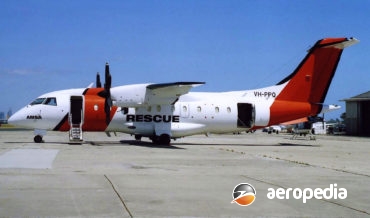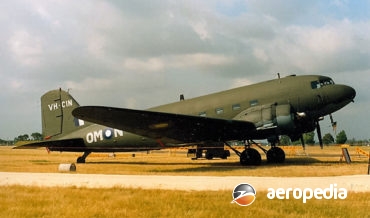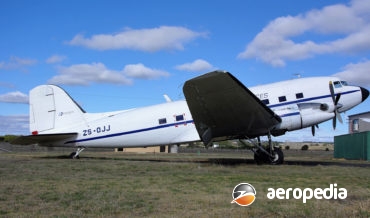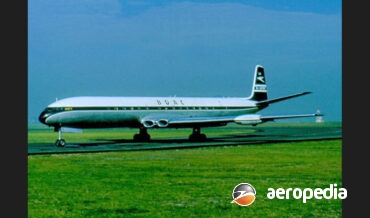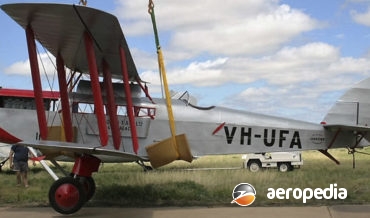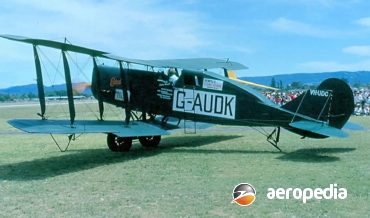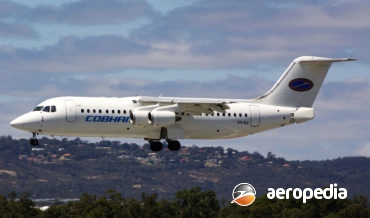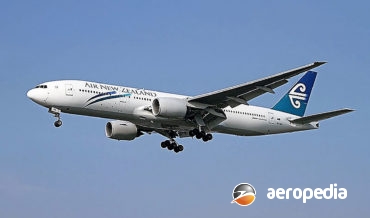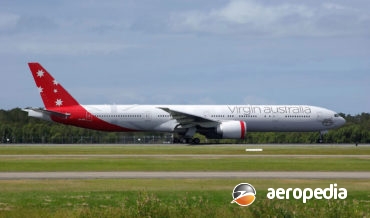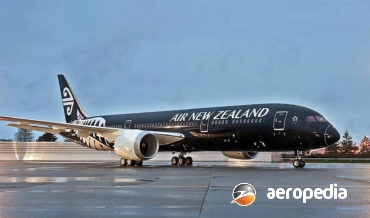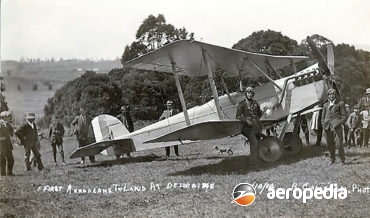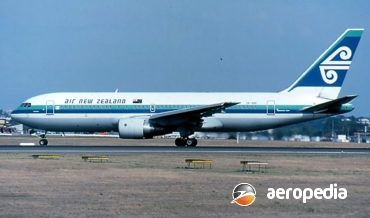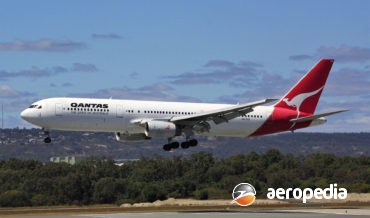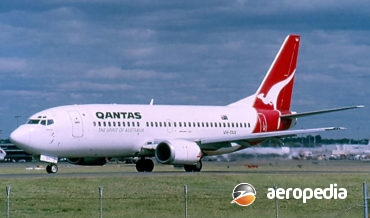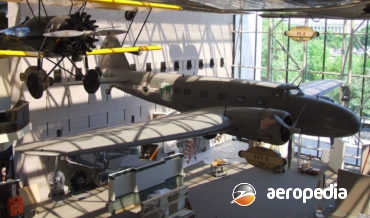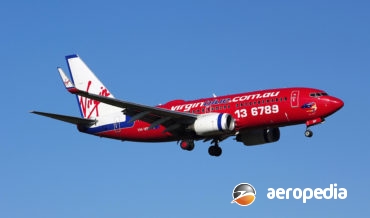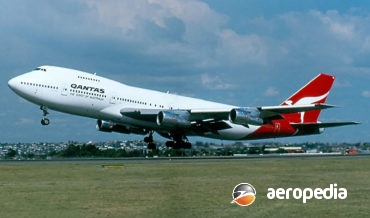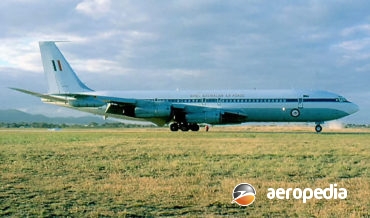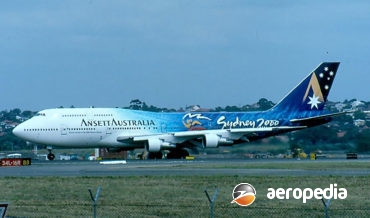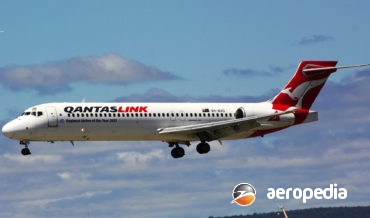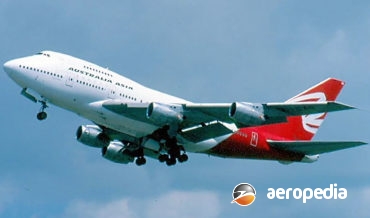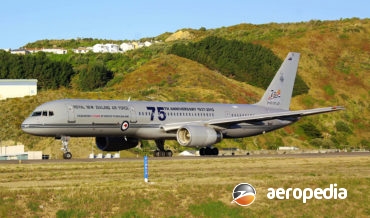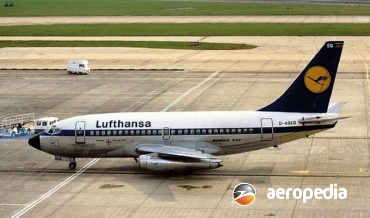All Contents
Contents
In 1987 it was announced that Dornier was incorporating the latest technology into its new 30-passenger DO 328 regional airliner.
David C. Eyre
- May 8, 2019
The Douglas DC-2, which was a direct development of the sole DC-1 (X223Y), flew for the first time on 11 May 1934 powered by two Wright SGR-1820 engine of 537-kw (720-hp).
David C. Eyre
- May 8, 2019
The most famous and widely used transport aircraft of all time, the Douglas DC-3 was developed from the DC-1 and DC-2.
David C. Eyre
- May 8, 2019
Over the years a number of conversions have been made to the Douglas DC-3 / C-47 series to increase performance and this has usually involved the installation of turboprop power plants.
David C. Eyre
- May 8, 2019
Design of the Comet commenced in 1946, at that time it being a 44 passenger aircraft with a range of 3,540 km (2,200 miles) powered by four 5,000 lbst de Havilland Ghost 50 turbojet engines.
David C. Eyre
- May 8, 2019
Basically a development of the de Havilland Dove, and originally known as the DH-114, the Heron, during the main part of its production life, became known as the Hawker Siddeley Heron when de Havilland became part of the Hawker Siddeley Group in the United Kingdom
David C. Eyre
- May 8, 2019
The Drover was designed in the 1940s by the Australian section of the de Havilland Company as a simple, light but sturdy aircraft capable of carrying freight and passengers.
David C. Eyre
- May 8, 2019
Following accidents to the Gipsy power Drovers in New Guinea the Australian Department of Civil Aviation placed restrictions on the operation of the type, the 11 aircraft then in service being grounded on 11 September 1952 but, after some modifications were made, the grounding was lifted.
David C. Eyre
- May 8, 2019
The DH-86 (known as the Express Air Liner) was designed and built in four months in 1933 to meet a specification produced by the Australian Government for a fast, economical ten-passenger airliner to serve the route from Australia to Singapore.
David C. Eyre
- May 8, 2019
In 1933 de Havilland designed a faster and more comfortable version of the DH.84 Dragon and, when the prototype (E-4, later CH-287, HB-ARA, HB-APA – c/n 6250) was flown at Stag Lane by Hubert Broad on 17 April 1934, it was known as the DH.89 Dragon Six.
David C. Eyre
- May 8, 2019
The DH.50 was designed as a successor to the DH.4 and DH.9 to meet the requirement of operators after World War I for a cost effective passenger carrying aircraft providing reliability and range.
David C. Eyre
- May 8, 2019
In 1943 the Brabazon Committee convened to discuss the future development of civil aviation in the United Kingdom and out of this came the Britannia which eventually was a turboprop powered airliner.
David C. Eyre
- May 8, 2019
The Bristol Tourer was originally a conversion of the Bristol F.2B Fighter built for and flown by the RAF in World War I.
David C. Eyre
- May 8, 2019
Initially known as the Hawker Siddeley HS 746, the series was first launched in 1973 as a feeder-jet transport, the design being the subject of a lengthy gestation period in the wake of the oil crisis.
David C. Eyre
- May 8, 2019
The development programme for a lengthened Jetstream 31 began in May 1989, a full-scale mock-up being displayed at the 1989 Paris Airshow.
David C. Eyre
- May 8, 2019
Designed in 1966 by one of Britain’s smallest aircraft manufacturing companies, the Islander became the best-selling British multi-engine commercial aircraft.
David C. Eyre
- May 8, 2019
In October 1990 the board of the Boeing Company gave formal approval to launch the Boeing 777 wide-body twin-engined medium/long-range jetliner, United Airlines becoming the launch customer with an order for 68 aircraft, this being the first all-new Boeing airliner launched for some ten years.
David C. Eyre
- May 8, 2019
Following the success of the 777-200 series, Boeing introduced the 777-200ER in 1997, and this was followed by the stretched 777-300, which is 10.1 m (33 ft 3 in) longer than the 200.
David C. Eyre
- May 8, 2019
The Boeing 787 Dreamliner, initially known as the Boeing 7EA, was launched in 2004.
David C. Eyre
- May 8, 2019
The 787-9 was the first variant of the very successful Boeing 787 series with a "stretched" or lengthened fuselage, the length being an extra 6.09 m (20 ft) increase to 63-m (206 ft).
David C. Eyre
- May 8, 2019
Following the cessation of hostilities in World War I, Boulton & Paul Ltd, Riverside Works, Norwich designed a small two-seat wood and fabric biplane known as the P.6, this machine using some parts from the Sopwith Camel in its fuselage, this aircraft being able to be fitted with alternative sets
David C. Eyre
- May 8, 2019
The Boeing 767 was launched on 14 July 1978 on the basis of an order for 30 aircraft placed by United Airlines.
David C. Eyre
- May 8, 2019
Following the success of the Model 767 wide-body twin-engine transport Boeing looked at increasing the aircrafts capacity by introducing the Model -300, an announcement being made in February 1983 that this model would be launched, the first order being received from Japan Air Lines.
David C. Eyre
- May 8, 2019
Next variant in the Boeing 737 series was the 737-400, which typically had a flight-crew of two and seating for 146.
David C. Eyre
- May 8, 2019
The prototype of the Boeing 247 (X13301 – c/n 1682) was flown for the first time on 8 February 1933, fitted with Pratt & Whitney Twin Wasp engines.
David C. Eyre
- May 8, 2019
Following the success of the first generation series 737s Boeing developed further models, the 737-600, -700, -800 and –900, the –600 and –700 being the smaller aircraft in the new series and featured more efficient CFM56-7 turbofans, this engine combining the core of the CFM56-5 engine with the low pressure
David C. Eyre
- May 8, 2019
Pan American Airways was a pioneer of scheduled air services in the South Pacific in the 1940s and sought a large flying boat to meet its requirements, Boeing with is Model 314 known as the Clipper obtaining the contract.
David C. Eyre
- May 8, 2019
Further models have appeared in the series, these being 737-800 and –900. Known as the next-generation airliners, they are the largest in the 737 series and have sold well around the world due to their high performance with new economical variants of the CFM56 series of turbofan engines.
David C. Eyre
- May 8, 2019
In 1952 the Boeing Aircraft Company indicated it proposed to build the prototype of a jet-powered airliner.
David C. Eyre
- May 8, 2019
Developed from the Boeing 707 series, the Boeing Model 747 was the first of the ‘wide body’ aircraft in the Boeing range of airliners.
David C. Eyre
- May 8, 2019
Following some years of service with the 707-138 series Qantas looked to a larger and more powerful aircraft due to the increased traffic loads.
David C. Eyre
- May 8, 2019
By the mid 1980s Boeing was looking to increase the life of the 747 series, and had placed in limited production the 747SP (Special performance) model and developed the 747-300 with an extended upper deck to permit the carriage of more passengers.
David C. Eyre
- May 8, 2019
Announced at the 1991 Paris Air Show, development of the prototype of this series began in late 1994 as the MD-95, the name being changed to Boeing 717 in January 1997 when the Douglas 100-seat programme was adopted by Boeing.
David C. Eyre
- May 8, 2019
To increase range, performance and carrying capacity, Boeing moved on to the 747-400 in the late 1980s.
David C. Eyre
- May 8, 2019
One of the best selling jet airliners of all time, the Boeing 727 series had sold 1,832 examples when production ceased in 1984.
David C. Eyre
- May 8, 2019
The Boeing 747SP, or Special Performance, version of the 747 series, was designed primarily to meet the requirements of airlines which had long-range routes where traffic density was insufficient to require the passenger capacity of the larger Boeing 747 series in standard form.
David C. Eyre
- May 8, 2019
In August 1965 Boeing announced the 727-200 to fill the requirements of operators which required a larger aircraft to meet demand.
David C. Eyre
- May 8, 2019
The 757 was designed as a short to medium haul airliner with a flight crew of two and seating from 178 (16 first class and 162 tourist class) to a maximum of 224 or 239 all-tourist class.
David C. Eyre
- May 8, 2019
The Boeing 737 series was designed for the Worlds short-to-medium airliner market and was a two-engine narrow-body aircraft and made its first flight in April 1967.
David C. Eyre
- May 8, 2019
In 1964 Boeing elected to add a short-haul airliner to its range of commercial jet transport to compete with the Douglas DC-9 and the BAC 111, both of which were then in an advanced stage of development.
David C. Eyre
- May 8, 2019
Recent Comments
Archives
Categories
- No categories
Categories
- No categories
Latest Posts
Newsletter

